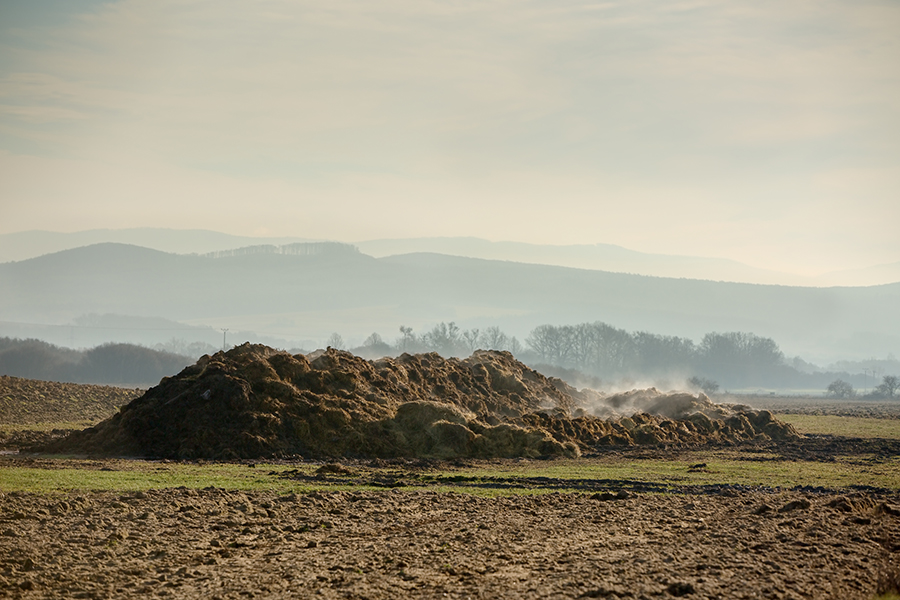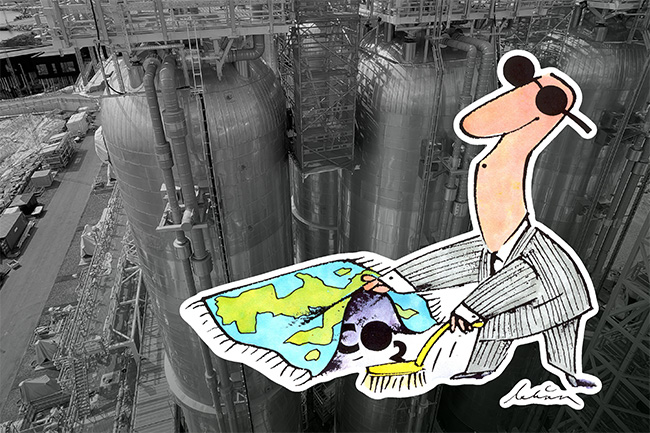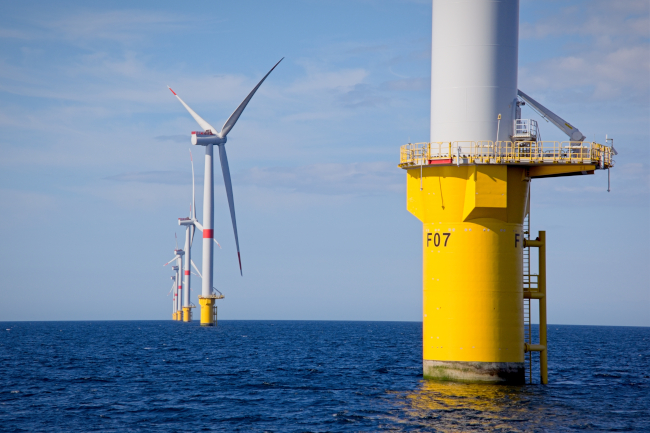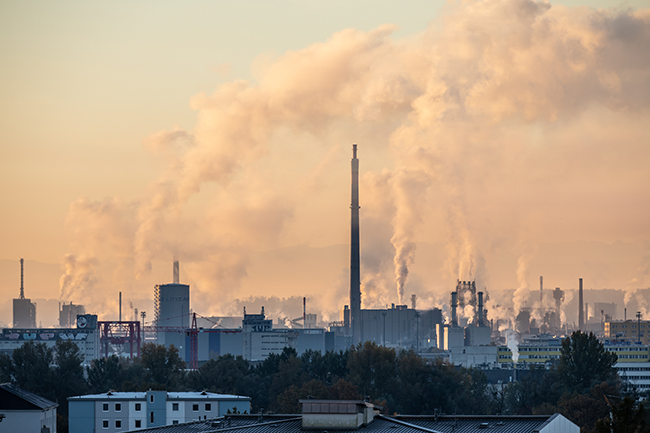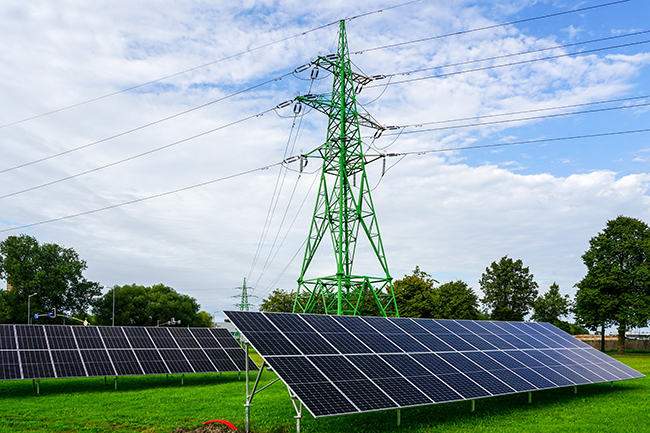Emissions of key air pollutants continue to decline across most EU countries, according to a new assessment of 2023 published by the European Environment Agency (EEA) on 27 June 2025. The report highlights steady progress under EU air quality legislation, with particularly strong results for sulphur dioxide—25 Member States have already met their 2030 reduction targets for this pollutant.
However, efforts to cut ammonia emissions remain insufficient. Although more countries met their ammonia reduction commitments in 2023 compared to the previous year, six Member States—Bulgaria, Latvia, Lithuania, Portugal, Slovakia, and Sweden—still need to take further action to meet their targets for the 2020–2029 period.
The EEA warns that achieving the more ambitious 2030 emission reduction commitments, especially for ammonia, will be a significant challenge for many countries.
Read the full report:
Air pollution in Europe 2025 — reporting status under the National Emission Reduction Commitments Directive

